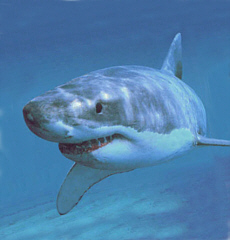
Community Ecology

| A community is defined as an assemblage of populations of different species found in the same location. These life forms range from the microscopic to the macroscopic depending on the community. All these living organisms interact in many different ways (E.g. predation, competition or symbiosis). These interactions are often the focus for field biologists. Over time the interactions give rise to numerous ecological as well as evolutionary consequences which will shape the community. In this section we will take a closer look at these interactions as well as the role of these forces within a community of organisms. |
 |

| Page created
by: Peter
Svensson Updated: May 16, 2011 |